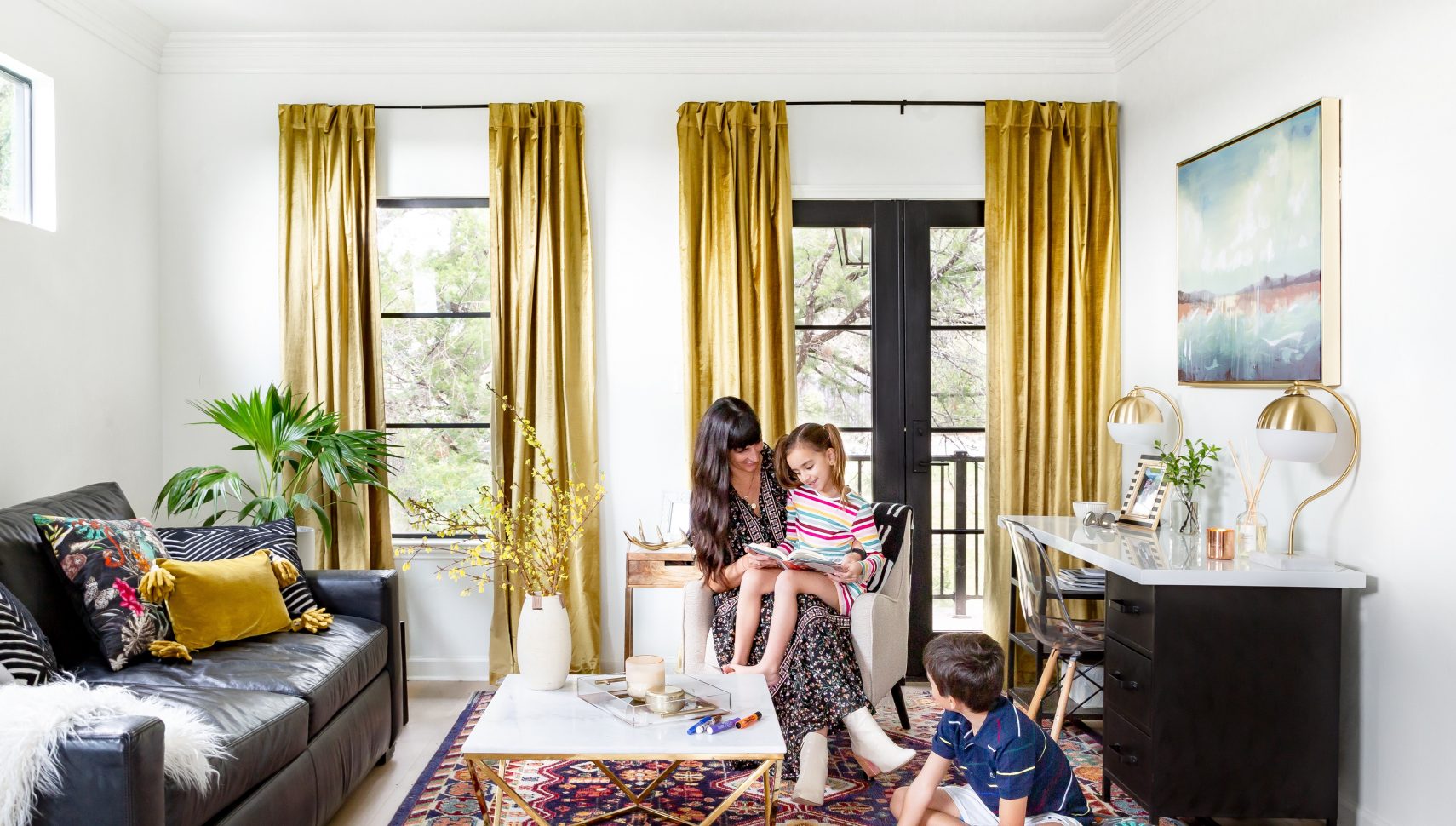New this school year: At your next parent-teacher conference, you’ll be both playing both roles.
So here’s your first assignment, set up an environment conducive to learning at home.

“It looks like most of us are going to be schooling at home at least for several months, and a well-designed space can help set us up for success,” says Havenly Design Lead, Heather Goerzen.
One key to not just surviving homeschooling but helping your child thrive is creating a sustainable homeschool situation.
That’s because an organized space increases focus and boosts productivity. A personalized space engages young minds. An attractive space inspires all of us to do our best. And that adds up to “we’re all in places with bright shiny faces,” ready to start a whole new kind of school day.
Grab a No. 2 pencil and take notes. Here are Heather’s 10 things you’ll need to create homeschooling rooms that are equal parts functional and stylish:
First things first. Where will you locate your homeschool?
A space away from high-traffic areas is best. Imagine trying to concentrate in a kitchen or within earshot of the TV. Pretty tough.
If you’re in a position to convert a guest room, formal dining room, den, or sunroom into a homeschooling area, go for it.
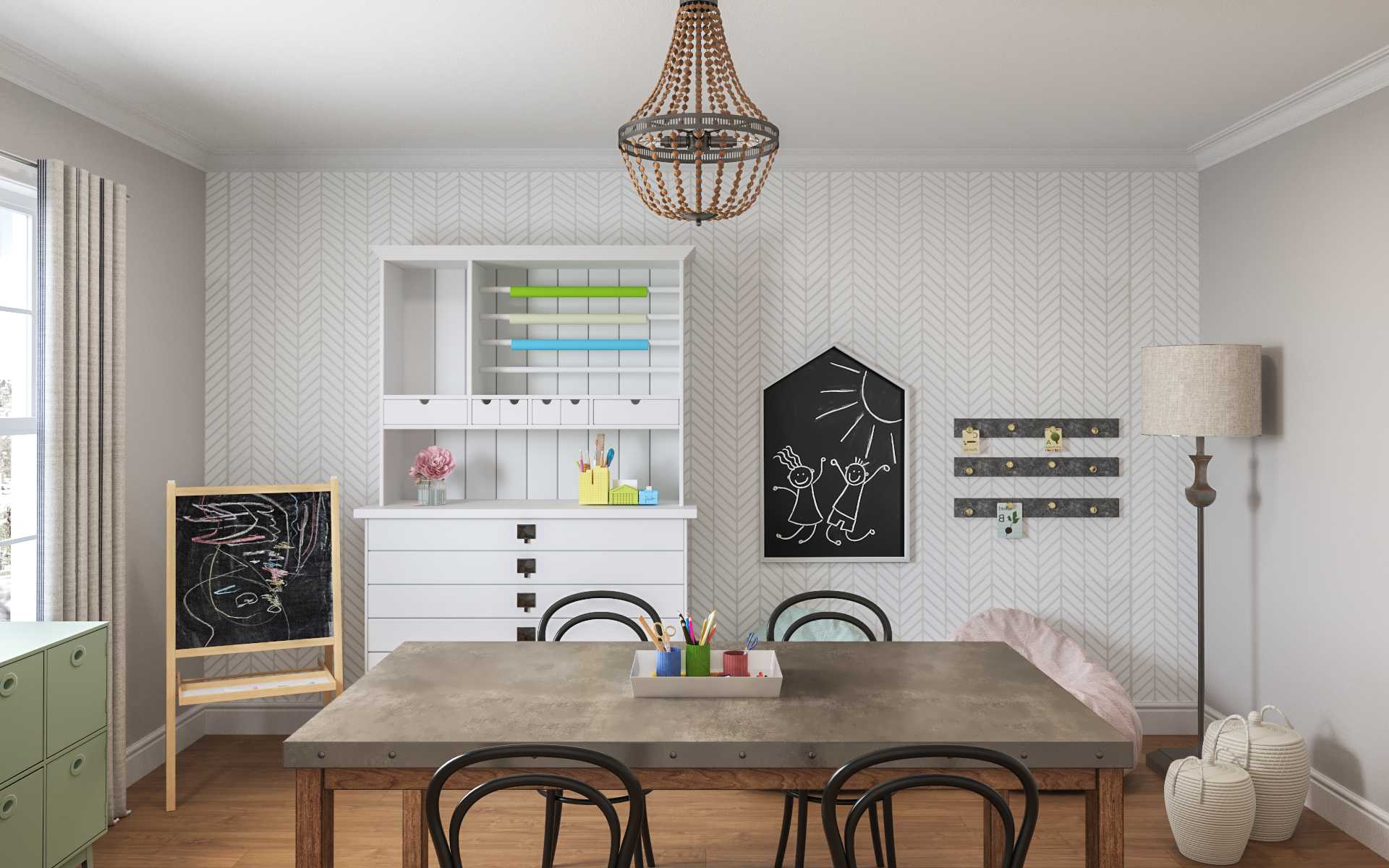
Granted, not everyone has a spare bedroom or study to reconfigure into a homeschool room. If the question is, how can my student focus in a high-traffic zone, the answer is a room divider.
Folding screens not only minimize distractions but also add a new element of style to your space. And there really is a screen for every interior design:
The great thing about this kind of screen time: Our brains look for patterns and appreciate habit, so merely setting up the divider in the morning, then setting it aside at the end of the school day, will help signal your student that it’s time to hit the books.
This kind of consideration is a given in the digital age, but when choosing the location of your homeschooling space, look for a nearby power source. Like your thirsty toddler, monitors, laptops, and tablets need juice.
And if you need ideas on how to hide unsightly wires, cords, and power strips, we’ve got you covered.
A desk devoted to schooling helps kids shift mental gears from “home routine” to “homeroom.”
“There are several tiny desk options that are discrete and that add style,” Heather says. “Work it into the design of your space by paying attention to the room’s overall color palette and choosing your desk accordingly.”
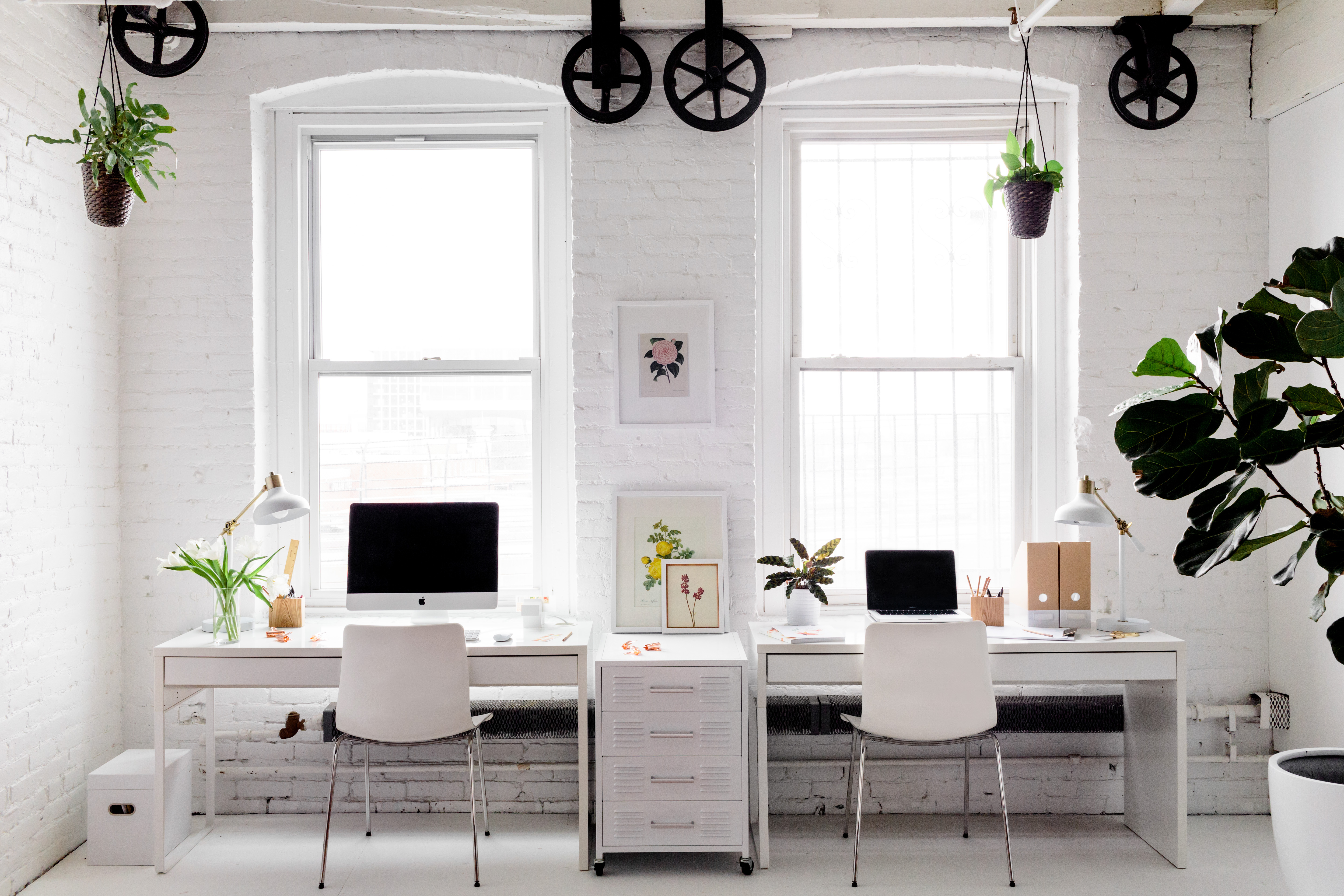
A desk that is at least 30 inches wide provides enough space for a monitor or laptop and a writing area. Other small-footprint desks worth a look:
- A ladder desk (adds vertical height and maximizes storage)
- A corner desk
- A folding desk
- A laptop table with shelf
- A wall-mounted desk
A solid desk deserves a comfortable chair that provides back support. That might be a chair borrowed from the dining room or, for teenagers, an office chair with all the ergonomic bells and whistles.
But different tasks sometimes require different seating. Think of all the different zones in a kindergarten classroom and how each is designed with a specific activity in mind. The art station has different seating than the reading nook. (That zoned approach can be adapted throughout your home to improve organization and productivity.)

Additional seating options for your homeschooling room depend on the preferences and age of your student, but they could include:
- A beanbag chair for reading assignments
- A standing desk for science experiments and virtual presentations
- An exercise ball chair for virtual lectures (keep their core engaged, keep their mind engaged!)
Bringing a room “back to zero” at the end of the day helps everyone decompress, says Heather: “My own work-from-home situation has reminded me of how important it is to tidy the relics of my workday so I can relax.”

In lieu of lockers and cubbyholes, consider these attractive storage solutions for textbooks, folders, and other school supplies:

True or false: Natural light enhances creativity, boosts productivity, and improves mood. Truth!
If you can set up your homeschool area in a sunlit room, you’re golden.
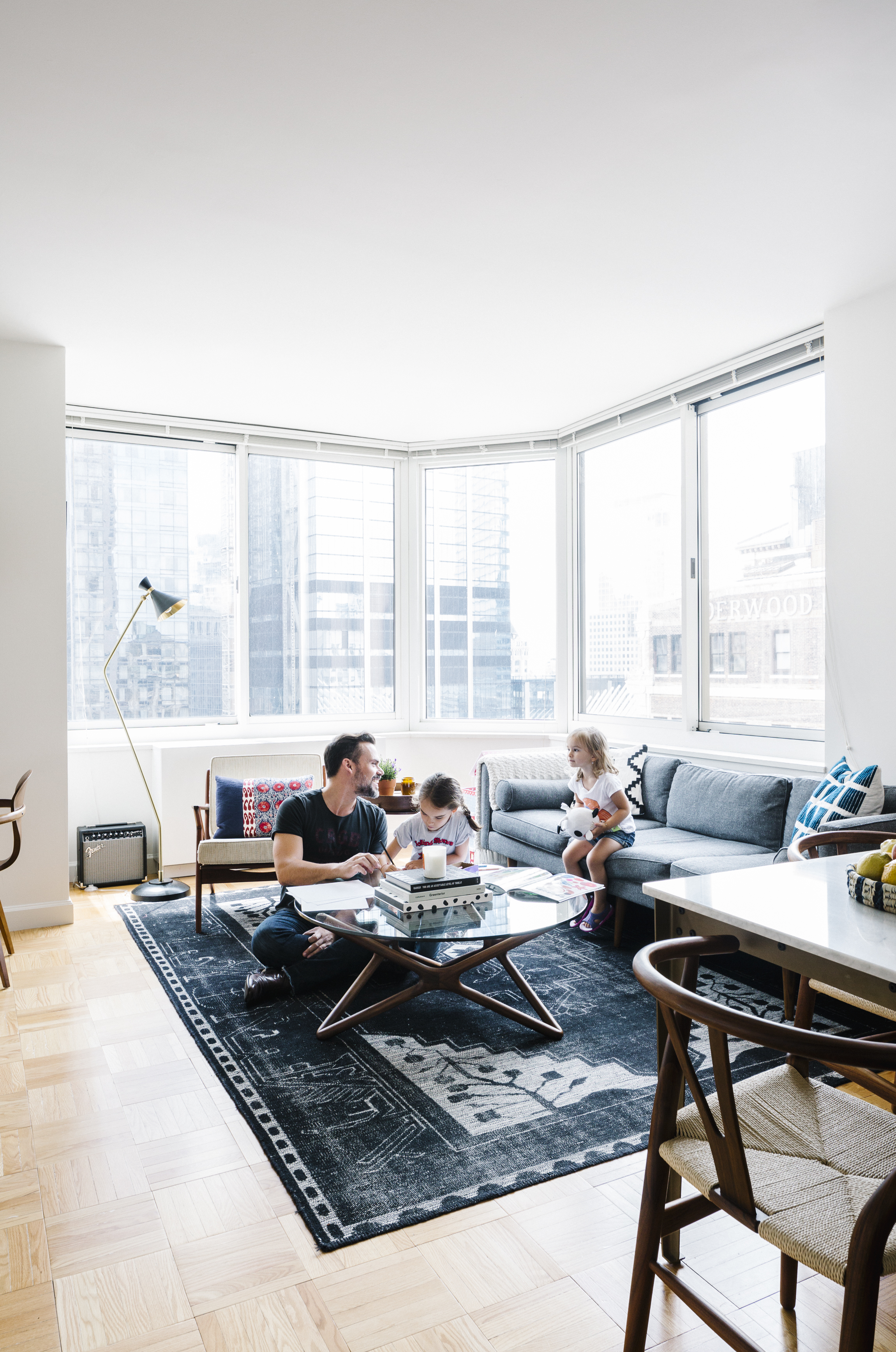
And if you’re holding class in a room without windows—say, in a basement—supplement overhead lighting with task lamps or light-therapy lamps. Any light source that helps brighten working areas and reduce eye strain is a win.
Bonus Earth Science points: Enliven your school zone with a few houseplants. They bring beauty, color, and a slew of health benefits to the table.
We’re all drawn to, and perform better in, spaces that look good and give us something to look at. If that weren’t the case, pre-school teachers wouldn’t invest so much time in themed billboards that combine fun with functional teaching moments.
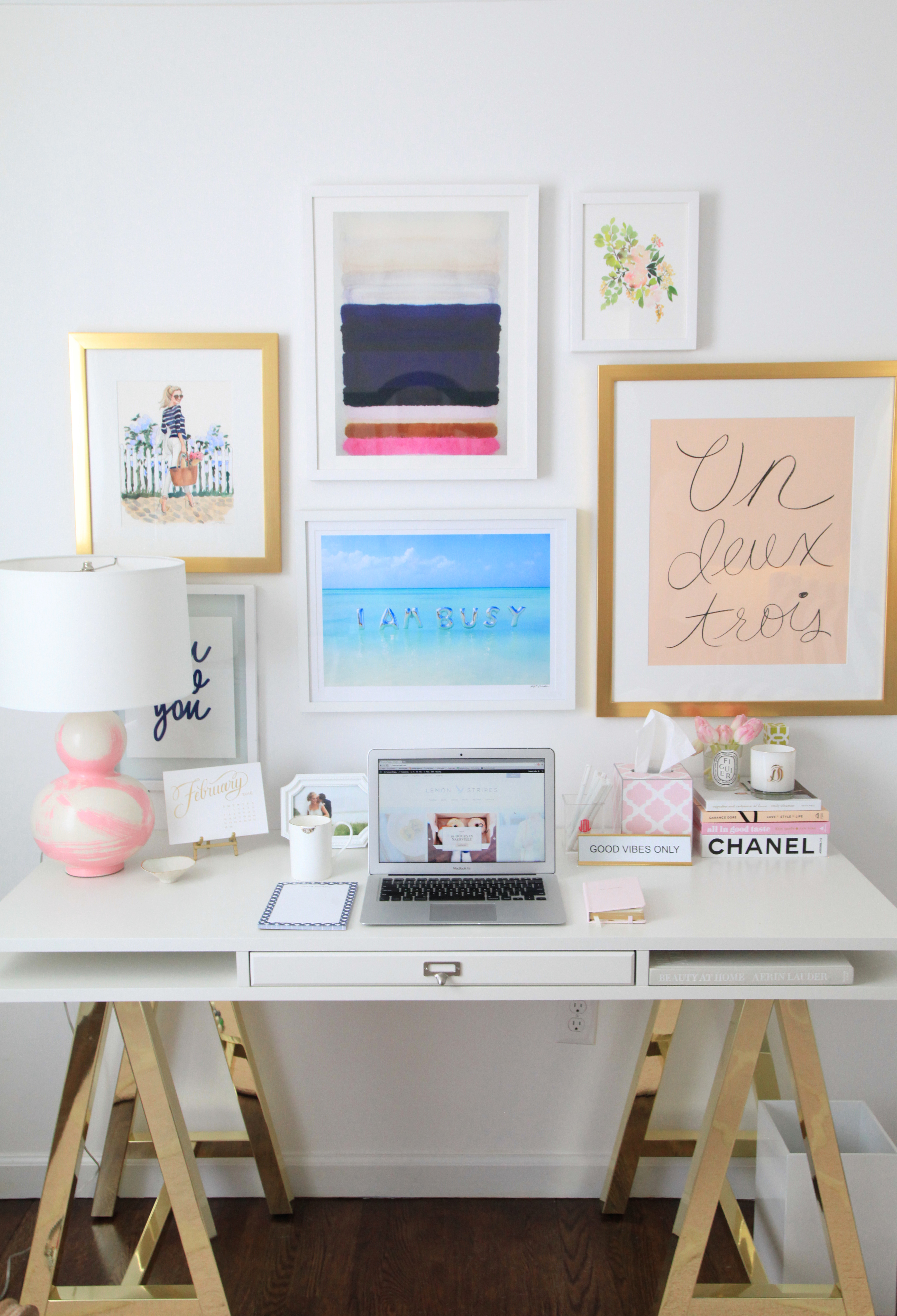
You can create an inspiring homeschool room with just a few additions of things you already have around the house: your children’s drawings or artwork from their rooms.
Get creative. Hang a whiteboard and write a personalized message, inspirational quote, or riddle for your student to discover each morning. Download images related to what they’re studying and mount them on foamcore.
Or go for full extra credit: Create a wall collage of favorite images from family vacations or treasured picture books.
Including your child in the process of building a personalized homeschooling space can go a long way to building enthusiasm about the coming school year.
If you’re buying new furniture, ask for their input, and if you’re shopping at a brick-and-mortar store, let them test-drive desks and chairs.
Try to incorporate some of their favorite colors in their homeschooling space or compile a pinboard of photos of the friends they would usually be in class with—the friends they’re no doubt missing.
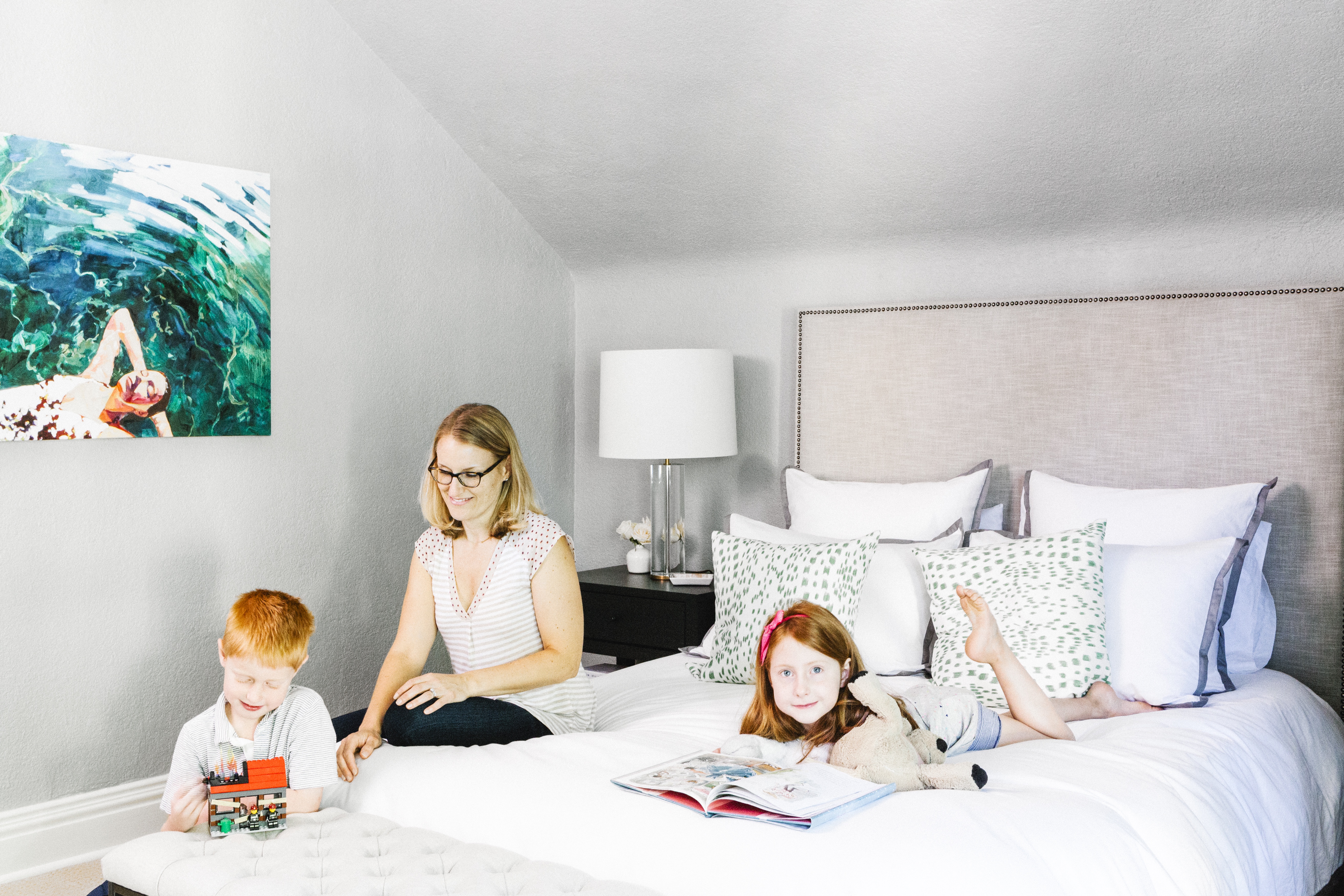
You can take a “make do” approach to your homeschool space or you can embrace and elevate the space for the sake of your kids (and you).

Recall the rituals of back-to-school prep in a “normal” year—the growing anticipation, the thrill of new clothes, the potential that a new pack of pencils and a fresh notebook represents—and find ways to start this new journey on a note of excitement instead of dread.
Remember, your child will follow your lead. In this regard, they’re all “A” students.
Let our interior designers help you level up your space. Start the conversation with our interior design quiz.

